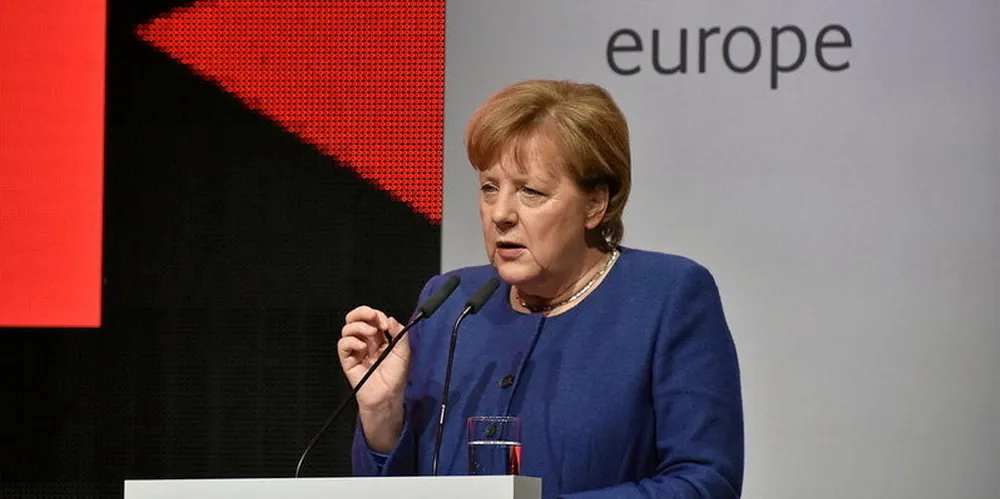Germany in talks with Russia over hydrogen imports – but coy about 'colour'
Russian minister says nation ready to produce, store and transport hydrogen, but along with German counterpart ague about which type, gas- or renewables-generated

Russian minister says nation ready to produce, store and transport hydrogen, but along with German counterpart ague about which type, gas- or renewables-generated
